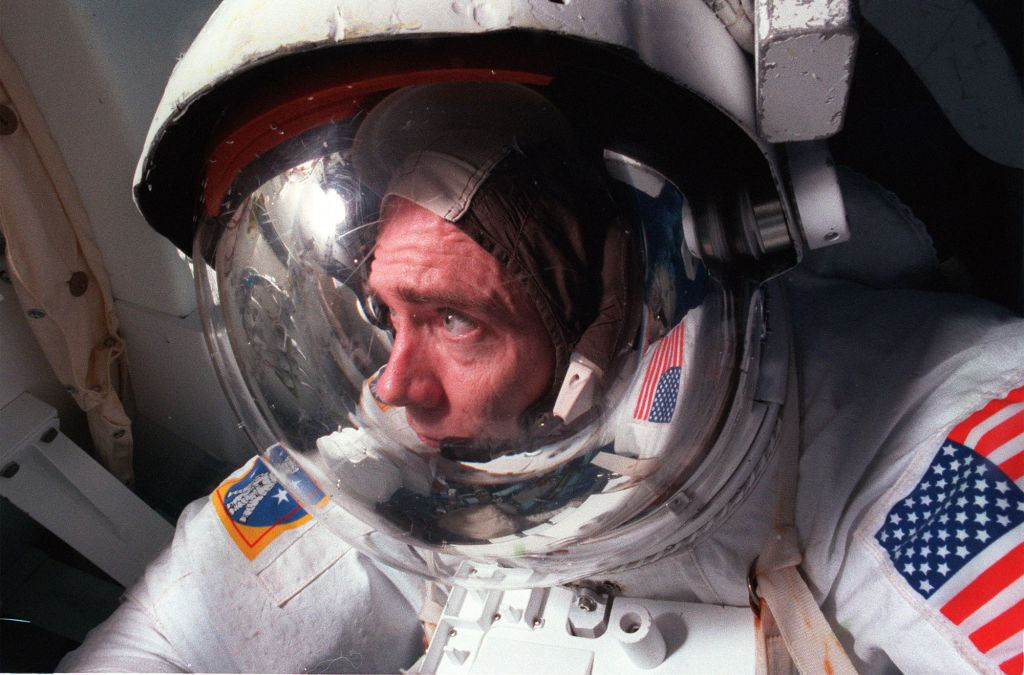Wearable Devices with Vibrating Elements Could Help Astronauts Overcome Spatial Disorientation in Space, Study Finds
In a recent study conducted scientists from Brandeis University, wearable devices equipped with vibrating elements have shown promise in addressing spatial disorientation in astronauts during spaceflight. The research, published in the journal Frontiers in Physiology, highlighted the significant challenge of spatial disorientation faced astronauts in the absence of familiar cues in a microgravity environment.
Lead author of the study, Dr. Vivekanand P. Vimal, emphasized the vulnerability of astronauts to spatial disorientation during long-duration spaceflights, citing the need for reliable orientation cues. To test the effectiveness of vibrotactors in simulated spaceflight conditions, the researchers employed sensory deprivation techniques and a multi-axis rotation device.
The study involved 30 participants, with 10 undergoing training in balancing using the rotation device, 10 equipped with vibrotactors, and the remaining 10 receiving a combination of both interventions. The vibrotactor group underwent additional training designed to disengage participants from their natural vestibular senses and rely on vibrotactors for orientation. Participants wore blindfolds and earplugs while listening to white noise during the trials.
Those equipped with vibrotactors had four affixed to each arm, emitting vibrations when they deviated from the balance point. Each participant completed 40 trials, aiming to maintain the rotation device as close to equilibrium as possible. Half of the trials simulated Earth-like conditions with accessible gravitational cues, while the other half represented a spaceflight-like scenario with no gravitational cues.
After each trial, participants assessed their disorientation level and trust in vibrotactors. The study evaluated collision frequency and participants’ balance control. Initially, all groups experienced disorientation in the simulated spaceflight, but the vibrotactor-equipped participants outperformed those with training only. The latter group demonstrated more collisions, unstable balance, and increased movement. The combination of training and vibrotactors yielded the highest proficiency, although performance still did not match Earth-like conditions.
If successful in broader trials, these wearable sensors could have various applications in spaceflight, including ensuring safe planetary landings and supporting extravehicular activities. The researchers believe that extended vibrotactor exposure or stronger warnings may be necessary to improve performance. The findings of the study raise hope for addressing spatial disorientation and improving astronaut safety during space missions.
Source: TechTimes.com

